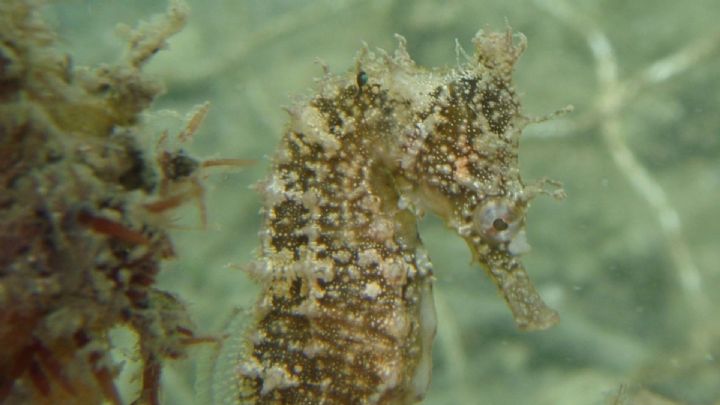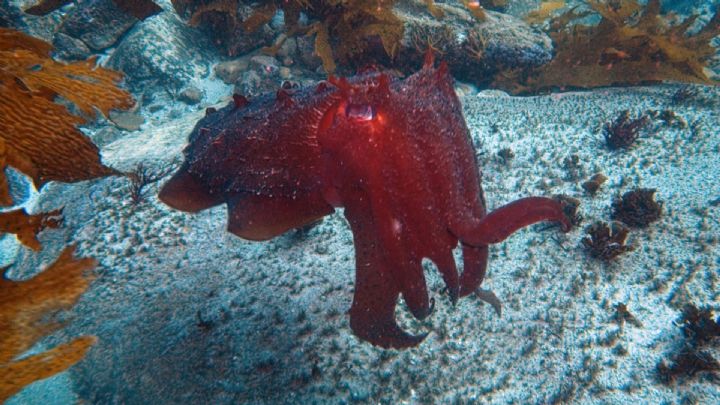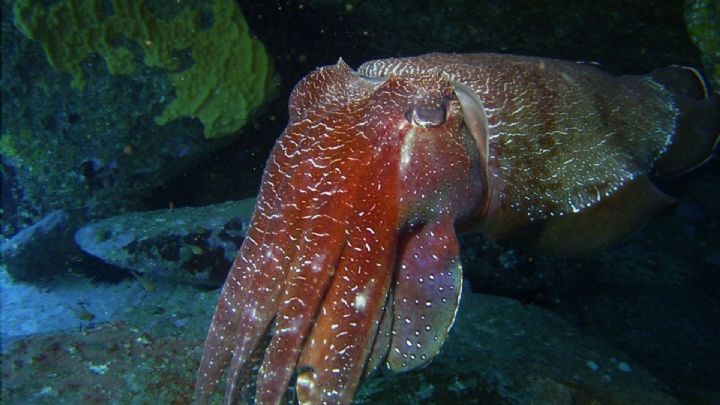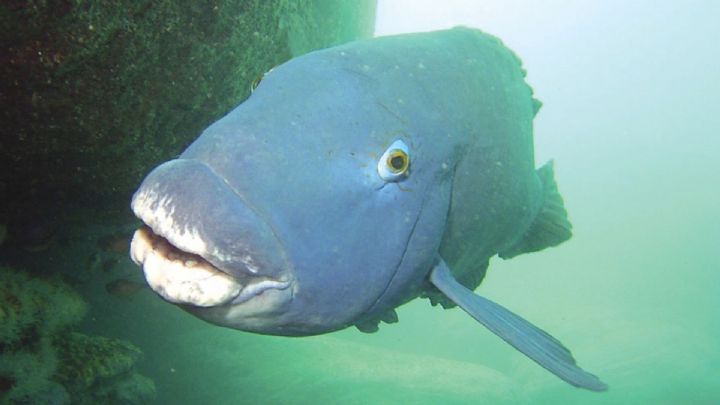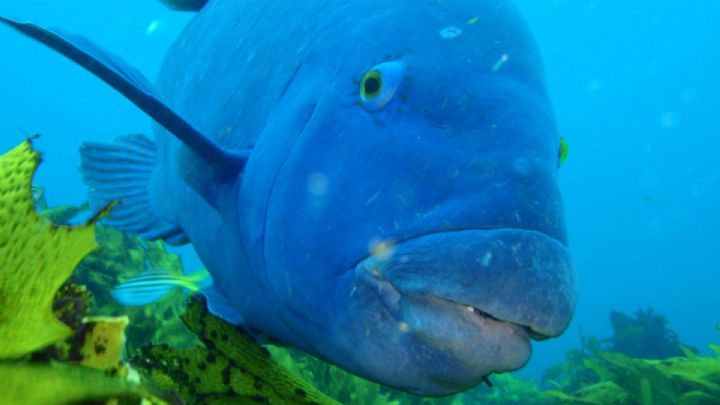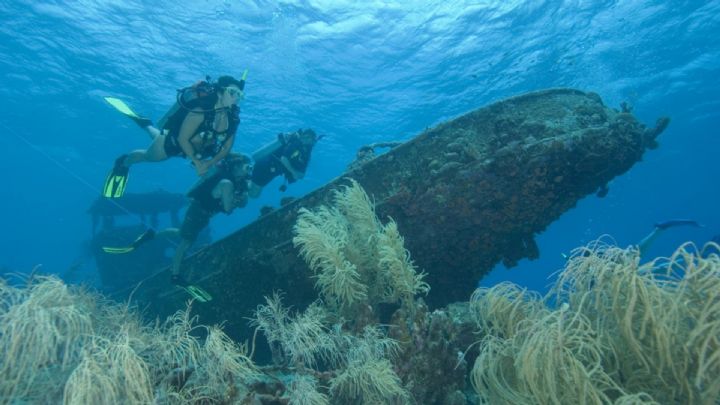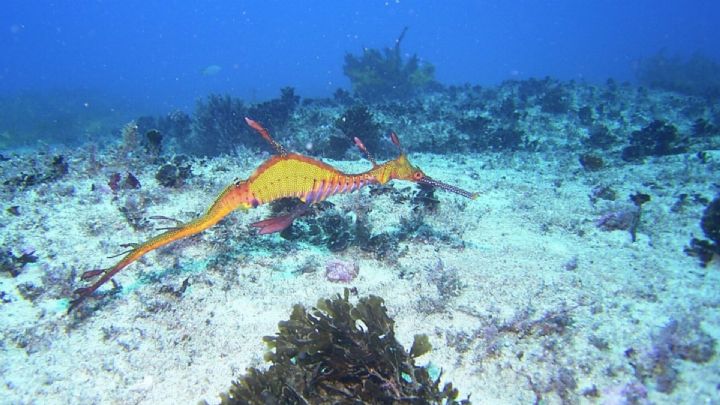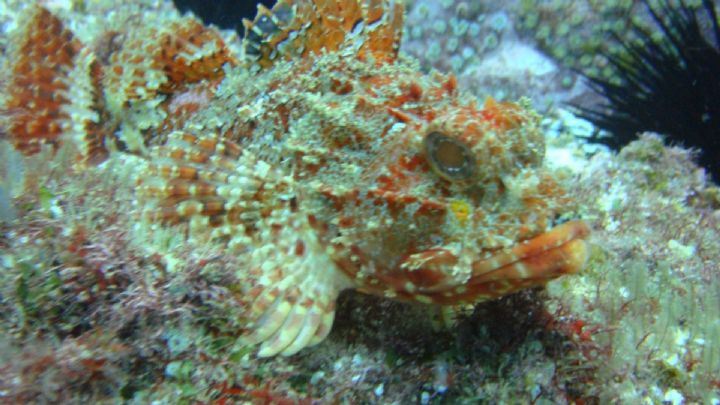The best time to dive and the best visibility can be achieved when diving on the high tide after the clean water has been brought in. You should add around 20 minutes to the tide charts for this dive site, and you should get a nice leisurely dive. This site is renowned for strong currents between slack tide, so care should be taken prior to jumping in.
An aquatic reserve, Shiprock is located off Little Turrell Point on the western side of Port Hacking. You climb down (and up) a steep path at the end of Shiprock Road or it's possible to dive this site by boat. High tide is best but only ever try it on a slack tide as the current can be quite vicious during tidal change.
To begin your dive, enter the water from the boat ramp located at the water's edge. The underwater portion of the sandstone cliff face at Shiprock begins with an intertidal ledge about three metres wide. This connects to an almost vertical wall descending for 15 metres meeting a seabed comprising of rubble, sand and silt. The wall is stepped in a series of ledges; numerous cracks, caves and grottos are found along the cliff face. The wall runs north south and is festooned with corals, ascidians, bryozoans and other fixed life.
Shiprock is an Aquatic Reserve therefore there are thousands of fish scattered around the site from bream, luderick to more exotic species such as anglerfish and gobies. Tropical and sub-tropical fish can be found here including lionfish, angelfish, seahorses, cowry shells, nudibranchs, morwongs, moray eels, leatherjackets, starfish, coral crabs, scorpionfish, old wives, many species of hydroids, sponges and feather duster worms.
Depth: 15 metres Rating: Novice to Advanced
Source: http://members.ozemail.com.au/~diving/articles/publish.htm
Next Trip


